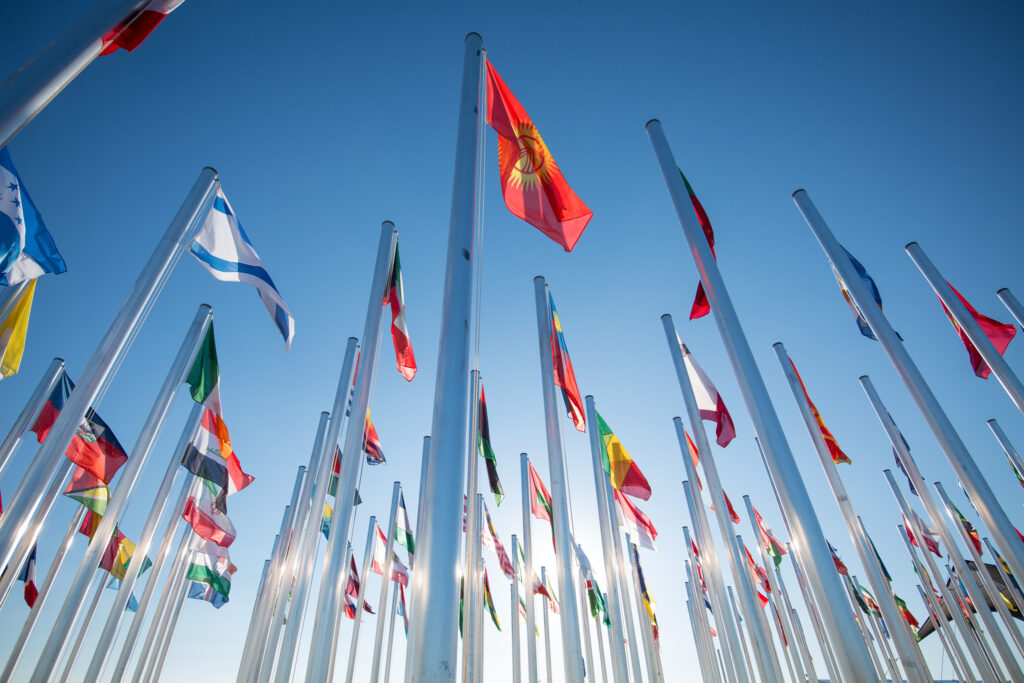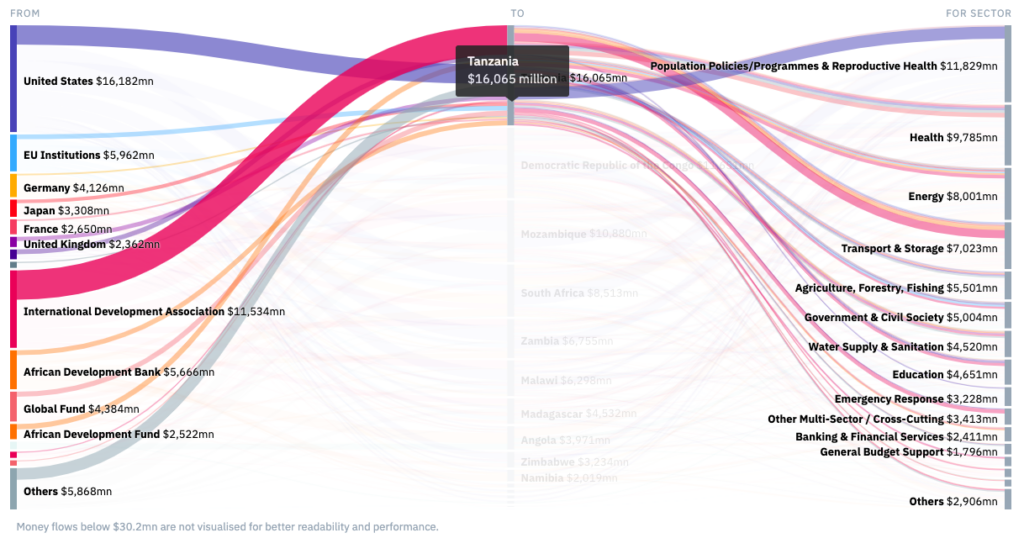After a troubled lead-up to this year’s UN Climate Change Conference, the need for ambitious action remains great. As she sets off for Madrid, SEI’s Cleo Verkuijl lays out some of the key tasks the UNFCCC parties have before them.
This year’s UN Climate Change Conference, or COP, marks the 25th such gathering bringing together the world’s governments to negotiate solutions for tackling the climate crisis. A milestone; yet at first glance there is little cause for celebration.
Three new reports lay down the scale of the challenge. The World Meteorological Organization warns that greenhouse gas concentrations in the atmosphere have reached a record high. The UN Environment Programme (UNEP) sounds the alarm that the greenhouse gas emissions reductions currently pledged are far from sufficient to reach the Paris Agreement targets; emissions now need to fall by 7.6% every year for the next decade to limit global warming to 1.5°C, compared to a far more manageable 3.3% annually had governments begun acting on the science 10 years ago. Meanwhile, the Production Gap Report prepared by UNEP, SEI and other partners shows that countries’ plans for fossil fuel production are way off track for 1.5°C or even 2°C.

Flags welcome visitors to the COP25 venue in Madrid. Photo: UN Climate Change / Flickr.
But in the face of these stark messages, and despite the fraught political and geopolitical climate and the last-minute change of venue, the COP presidency’s goal remains unchanged: to make COP25 about ambition.
So here are some key issues that could help realize this vision.
One important issue – and potential stumbling block – for the negotiations is rules on carbon markets. This is the last major Paris rulebook item that needs to be agreed for the Paris Agreement to become fully operational.
In a recent Science article, SEI scientists Derik Broekhoff and Michael Lazarus explain what needs to be done to ensure the integrity of carbon markets. And in this SEI Perspective, Broekhoff raises questions about how far carbon offsets can contribute to increasing climate ambition.
Many countries have expressed an intention to use international carbon markets to deliver on their mitigation pledges. But for carbon markets to support, rather than hinder, progress their integrity needs to be safeguarded. In particular, the rules must prevent double counting – when two countries count the same emissions reductions towards their climate mitigation targets. At COP24 governments failed to secure a sufficiently robust framework to avoid double-counting, so the stakes for Madrid are particularly high.
A second key issue for Madrid is the future governance of the Warsaw International Mechanism (WIM) for dealing with loss and damage associated with climate change impacts. Should it be moved under the sole responsibility of the Paris Agreement parties, or continue to be shared between the Paris Agreement parties and the parties to the UN Framework Convention on Climate Change (UNFCCC)? This is an important question in light of developments like the USA’s imminent withdrawal from the Paris Agreement and controversy over liability for loss and damage. Tricky questions around financing to address loss and damage are also expected to surface.
With this in mind, SEI and partners recently launched the Adaptation Without Borders Initiative, which aims to scale up global ambition and multilateral cooperation on adaptation.
In addition to loss and damage, countries will be deliberating how to interpret the global goal on adaptation established by Article 7 of the Paris Agreement. This goal presents an opportunity to measure parties’ progress in contributing to global resilience and addressing the transboundary dimension of climate risk. There is a growing recognition that in an interconnected world, many climate risks can flow across borders, putting new communities and industries at risk.
SEI researcher Francis Johnson was a lead author on the IPCC’s climate and land report. Read more here.
Finally, there is the question of how negotiators respond to two recent Intergovernmental Panel on Climate Change (IPCC) reports: on climate change and land, and on oceans and the cryosphere. The response to the IPCC’s 1.5°C Special Report was widely panned as inadequate, with a small group of fossil-fuel producing states blocking stronger language. Discussions on how the science should inform the climate change process could once again prove challenging.
Beyond the formal negotiations, COP25 also needs to deliver political and real-world momentum. The logic of the Paris Agreement is that governments will continuously ramp up their ambition.
Read a Q&A with SEI’s Charlie Heaps about how SEI has been working with countries to enhance their NDCs.
Next year, 2020, is the deadline for countries to submit new or updated national climate pledges (NDCs), as well as long-term low emission development strategies (LEDS). The Chilean COP presidency is seeking to build a Climate Ambition Alliance of countries, businesses and subnational actors galvanized around achieving a net-zero emissions target.
Spain’s prime minister, Pedro Sánchez Pérez-Castejón, has similarly embraced the goal of having the “largest number of countries” sign up to this target in Madrid. More than 60 countries committed to achieving net zero emissions by 2050 at the UN Climate Action Summit in September, but they crucially did not include the world’s big emitters.
Observers are therefore keen to see the European Union – the world’s third largest emitter – also commit. Although a few EU member states have blocked it so far, there are indications that the new EU Commission under Ursula von der Leyen may find ways to accommodate the remaining nay-sayers in the coming weeks – and announce the world’s first climate-neutral region by 2050.
The Production Gap Report highlights the need for countries to bring their production plans for coal, oil and gas into alignment with climate change goals. To date, however, fossil fuel production has been almost entirely absent from UN climate talks
Luckily, opportunities to address the production gap are abundant – not least in the updated NDCs and LEDS countries will submit in 2020, and in policies such as phasing out fossil fuel production subsidies, setting hard limits on new coal, oil, and gas extraction, and planning a just transition for workers and communities reliant on the fossil fuel sector.
Tweet from the Executive Secretary of the United Nations Framework Convention on Climate Change (UNFCCC), Patricia Espinosa on the Production Gap report. Photo: Patricia Espinosa / Twitter.
With the 2020 deadline for developed countries to mobilize USD 100 billion per year drawing near, climate finance pledges for both mitigation and adaptation will need to be increased substantially. The UN Climate Action Summit and a subsequent pledging conference in Paris have already built momentum, with countries including Denmark, France, Germany, New Zealand, Poland, Sweden and the UK promising to double or more their contributions to the Green Climate Fund. Meanwhile, countries’ attention will also be on discussions around a more ambitious post-2025 climate finance goal.
Transparency concerning what climate finance support is available remains an important challenge. A new SEI tool can help. Aid Atlas is an interactive online platform which helps public and private actors to explore the flows of international development finance. It can help governments, researchers, development partners, international organizations, and others to understand more easily how much funding is provided, where it is going, and what it is being used for.

Tanzania’s development finance, it’s funders and sectors targeted Illustration: Aid Atlas
The year 2019 has been one of the most dramatic to date on the climate front. From heatwaves in India and Pakistan to the devastating wildfires ravaging the Amazon rainforest, Australia, California and the Arctic, and record-breaking floods and storms, the world has been confronted with ever-intensifying impacts of climate change. But positive signs and solutions are also on the horizon, among them net-zero commitments, growing awareness of the broader development and health co-benefits of climate action, and proposals for Green New Deals that combine environmental protection with social justice aims.
As the UN’s latest Emissions Gap Report reminds us, every day we delay, the more extreme, difficult and expensive action becomes.
Feature / Find explainers, background and contacts for SEI's involvement in COP25, held from 2–13 December in Madrid, Spain.
Design and development by Soapbox.

